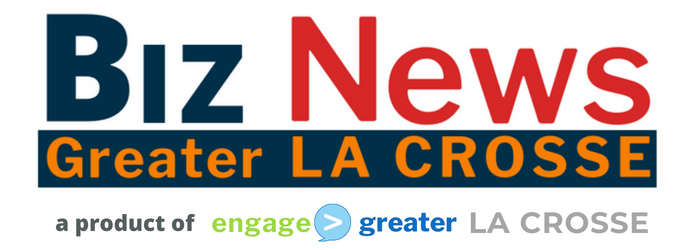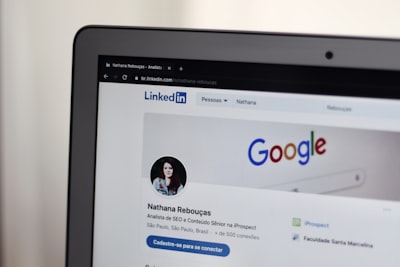
Knowing Where Your Competition and Buyers (“the Market”) is Going
This year was a tsunami for companies that rely on you physically walking in a door (think salon and spa workers, restaurants). For others, it added stilts.
- food (up 3%)
- electronics (up 3%)
- online streaming
- newly defined essentials
- hand sanitizer
- toilet paper
- wipes
- plexiglass, and more.
Companies that relied on brick-and-mortar stores suffered losses while those that developed online presence were early out of the gate riding the waves.
Food
Where
The report from Adobe shows:
- BOPIS (buy online pickup in-store) increased by 59%
- BOPIS is the preferred method by seniors
- 30% of all consumers prefer using BOPIS or curbside over delivery
Who Moved
- Everyone. According to a report by Adobe, the average online shopping cart/basket was down significantly but is returning to normal.
- Baby boomers (56 to 74-year-olds): The National Retail Federation showed a 45% of boomers increase
- Millennials: 82% plan to click “buy” vs walk-in for holiday shopping.
- Travelers: to use all the stats, the profile looks like a person (49%) traveling to see friends and family (52%) or to recreate (45%) by car (73%) in the United States (32%) and likely their own state (21%).
- Clothing Buyers: sales dropped 3%
What You’re Buying
According to a report from Adobe:
- Eyewear
- Wine
- Pet Products
- Groceries (up 3%)
- Electronics (up 3% – particularly to adapt home learning and working)
How You Want to Get Your Product
The report from Adobe shows:
- BOPIS (buy online pickup in-store) increased by 59%
- BOPIS is the preferred method by seniors
- 30% of all consumers prefer using BOPIS or curbside over delivery
The Lingo
B2C = Business-to-Consumer
Businesses who need you, the consumer, to buy a product or service from them. For example: bar, restaurant, entertainment, retail, salons/spas, and grocery stores.
B2B = Business-to-Business
Businesses that rely on other businesses to grow. For example: office machines, floor mat cleaning, office cleaning, sprinkler inspectors, accountants, attorneys, suppliers to the B2C industries. Some industries such as lodging, electricians, plumbers, etc. rely on both businesses and consumers.
Brick-and-Mortar
A company that is physically located in a community. Think the boutique clothing store. Their costs are higher because they may pay rent, property taxes (including the portion for local schools), carry inventory, and often don’t benefit from bulk purchasing to the extent a larger online company may. They have the greatest impact on local economies because they often outsource many of their operational services such as accounting, attorneys, financial institutions, etc.
D2C / DTC = Direct to Consumer
Businesses that sell directly to you and/or to brick and mortar stores. Think of Lego. You can buy through their website or in-store for nearly the same price. The more in-demand the product, the more the manufacturers are able to set the retail price of their product. Some suppliers push sales to the local stores, others take the sale through their website.
Buy Online Pickup In Store (BOPIS)
The online store collects the sale and the local store is the delivery mechanism. This allows a large business to capture the online market while taking advantage of the brick-and-mortar store — i.e. same day availability if the item is in stock.
C2C = Consumer to Consumer
You sell to another person through platforms such as eBay, Craigslist or Facebook Marketplace.
C2B = Consumer to Business
A consumer sells to business. A bit of a misnomer because the act of the sale makes the consumer a company. Think of it, however, as a blogger selling advertising to a business.




